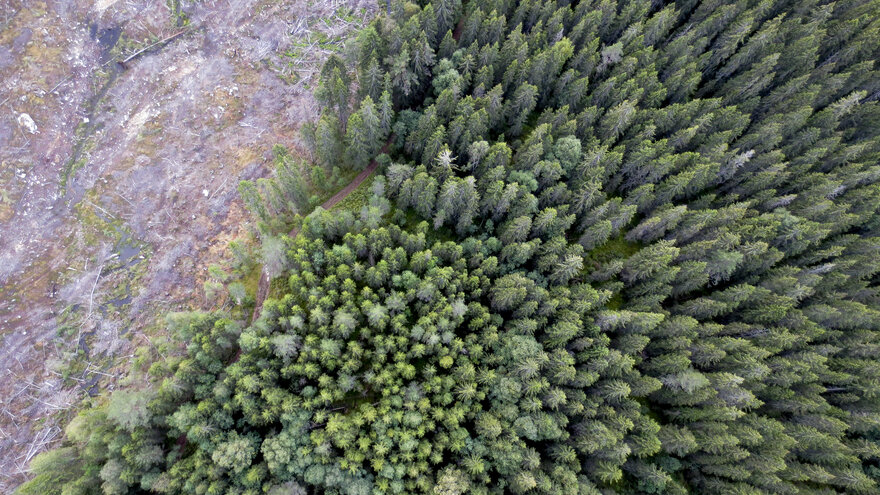A new, large project, coordinated by NMBU, aims at facilitating climate smart forestry in Norway. The project will provide forest managers with tools that improve forest resilience to climate change, and contribute to reduced green house gas emissions by substituting fossil based products with forest products, and at the same time, provide increased and sustainable economic returns to the forest owner.
Norwegian forests currently sequester 45-50% of the country’s annual greenhouse gas emissions. However, Norway’s and Europe’s forest are showing signs of a decreasing sink strength due to maturing forests.
An ageing forest is not only associated with slower growth rates, but also higher risk of significant carbon emissions and economic losses due to natural disturbances. Throughout the boreal forests, climate change is at the same time increasing both the natural disturbance frequency and severity.
A new, collaborative project is going develop guidance and strategies on how Norway’s forests are best managed in order to adapt to climate change.
Room for improvement
“Our hypothesis is that current forest management can be altered to reduce risks of natural disturbances and increase growth, resulting in larger climate mitigation benefits for society as well as improved economic returns for the forest owner,” project leader and professor Tron Eid says.
“We are going to work with climate smart forestry as an approach to increase the climate benefits from forests and the forest sector, in a way that creates synergies with other needs related to forests.”
Risk will be considered
The project will develop climate smart treatment strategies for increased carbon sequestration and storage, while at the same time facilitate synergies with other forest ecosystem services and the bio-economy. It will also develop a framework for representing occurrence of natural disturbances under climate change, and quantify probabilities and map main natural disturbance factors in Norway.
“Only by considering the risk of disturbances can we really approach a better understanding of how to adapt Norway’s forest to climate change and develop strategies for its mitigation,” Eid says.
The researchers will also assess carbon storage and current and future substitution benefits of forest-based products most relevant in Norway, and investigate market and resource based potentials for a more climate friendly forest product palette.
